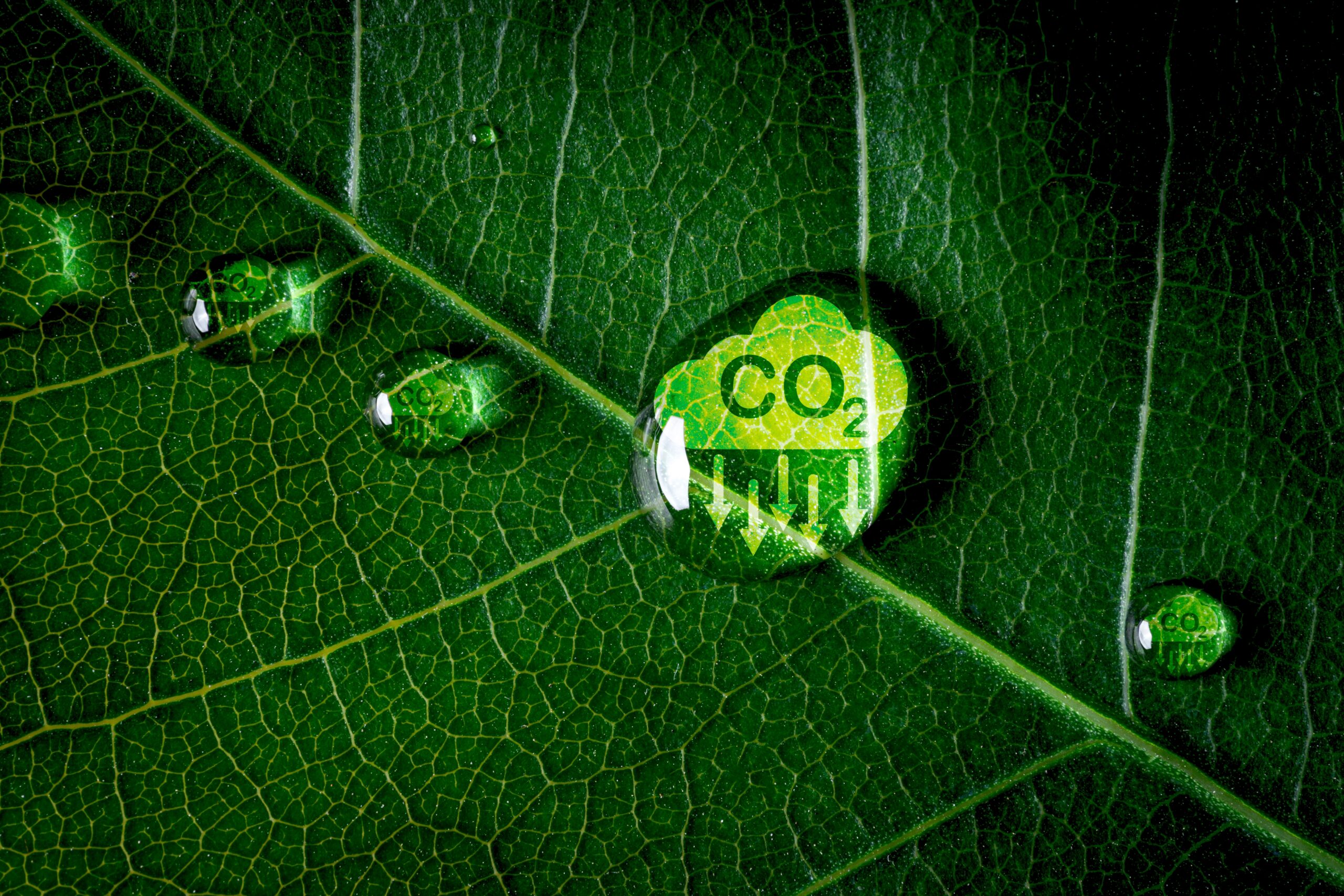Net zero steel aims to achieve carbon neutrality in the production of steel by 2050. This objective has gained significant traction in recent years as the world mitigates climate change. Steel is a fundamental material in modern society, used in infrastructure, transportation, construction, and countless other applications. However, the production of steel is also a major contributor to global carbon dioxide emissions.
Traditional steelmaking relies heavily on coal and coke, which release a substantial amount of carbon dioxide when burned. The high temperature processes involved in steel production emit significant greenhouse gases. As a result, the steel industry is responsible for around 7-9% of global carbon emissions, making it one of the largest industrial sources of CO2.
To address this challenge, the concept of net zero steel has emerged, aiming to eliminate or offset the carbon emissions associated with steel production. Achieving net zero steel requires a multifaceted approach that incorporates technological innovation, changes in production processes, and the use of renewable energy sources.
How Net Zero Steel Can Be Achieved
One promising approach for reducing emissions in steel production is the adoption of low-carbon or carbon-free technologies. These processes include hydrogen-based direct reduction, which replaces coal with hydrogen as the reducing agent, resulting in water vapour instead of CO2 emissions. Another approach is the use of electric furnaces powered by renewable energy sources, such as wind or solar, which significantly reduce emissions compared to traditional blast furnaces.
Carbon capture and storage (CCS) is another critical component of the net zero strategy. CSS technologies capture CO2 emissions from steel plants and store them underground, preventing them from entering the atmosphere. This approach can help mitigate emissions from existing steel plants while transitioning to more sustainable production methods.
Recycling Old Materials
In addition to technological advancements, improving energy efficiency and optimising resource use are essential aspects of achieving net zero steel. Recycling scrap steel reduces the need for iron ore and lowers energy consumption, further reducing the carbon footprint of steel production. Implementing circular economy principles can minimise waste and maximise the reuse of materials throughout the steel supply chain.
The transition to net zero steel represents a significant opportunity for the steel industry to align with global climate goals while maintaining its essential role in the economy. However, it will require collaboration among governments, industry stakeholders, and research institutions to overcome technical, economic, and regulatory challenges. By investing in innovation, embracing sustainable practices, and leveraging renewable energy sources, the steel industry can pave the way toward a carbon-neutral future. Net zero steel is not just an aspirational goal; it is a necessity for a sustainable and resilient future for generations to come.
Contact P&D Northern Steels Today
If you want to learn more about steel and how P&D Northern Steels can assist your business today, get in touch using the contact form. Alternatively, you can call us on 01706848811 or email sales@pdnorthern.co.uk.
